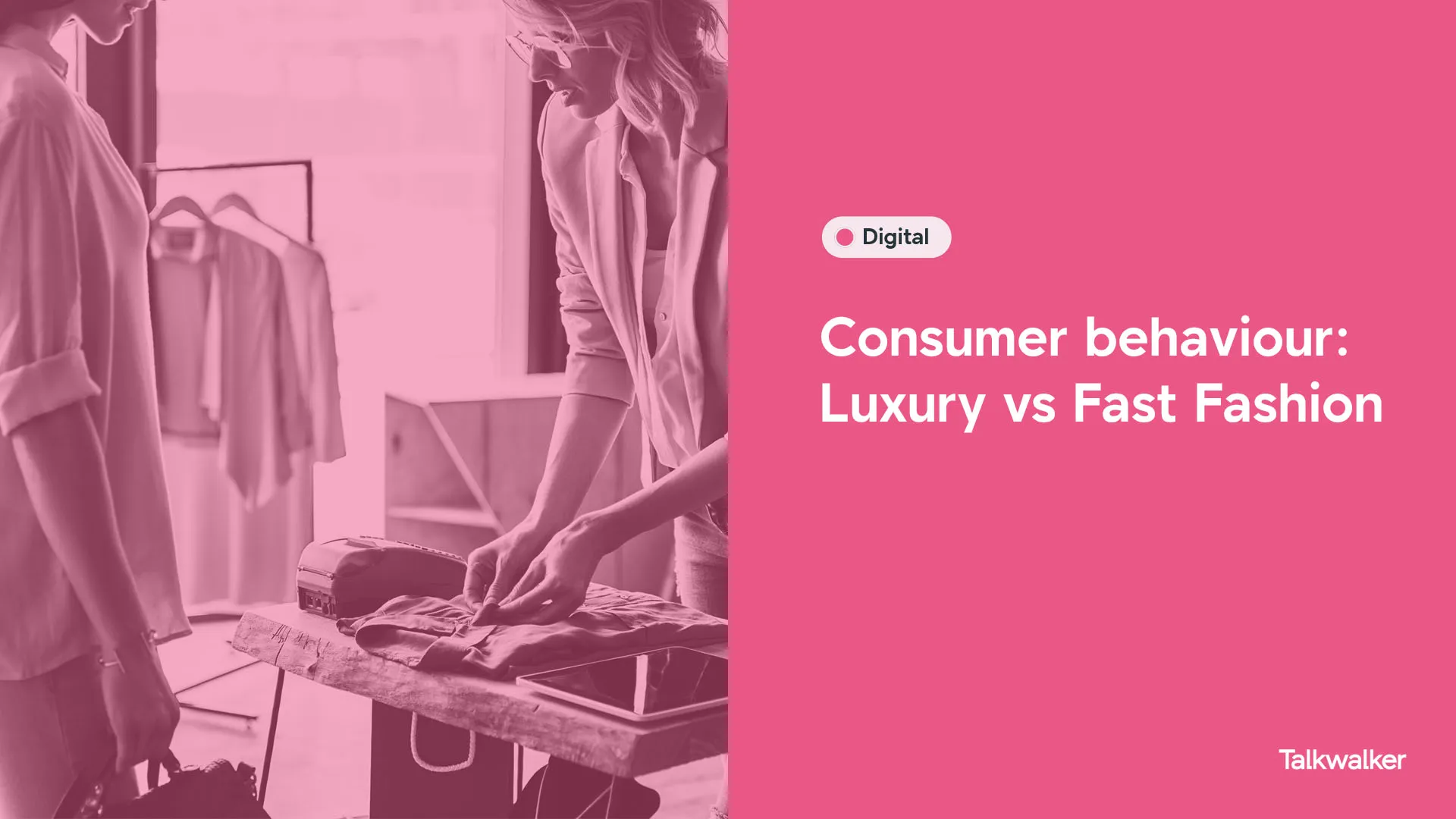
Fast fashion vs Luxury brands - Consumer behaviour UK
The brands shaping tomorrow's fashion market
The world of fashion is changing at a rapid pace. Whether you're a digital shopper hunting for a great deal or a fashionista who craves that in-store experience, it is undeniable that our shopping habits have evolved in recent times. Now more than ever, fast-fashion brands are hot on the heels of Luxury Houses.
We compare Burberry, Louis Vuitton and Gucci with Boohoo, Shein, and PrettyLittleThing. The brands which are shaking things up are those who are getting closer to the data, delivering up-to-the-minute insights, closing the consumer closeness gap, and putting on offer the products people truly want.
Our latest report, fast fashion vs luxury brands, distills twelve months of data to help understand the future of clothing, using earned and shared media to take a look into the fashion world of tomorrow.
Download our fast fashion vs luxury brands report and discover:
- Volume and engagement of conversations in the last year
- Sentiment towards each brand across a range of key issues like price, accessibility and sustainability
- Integrated data sets, including coverage and CEO prominence
- How data can help brands identify trends, spot opportunities, close the consumer closeness gap, and innovate
- and more besides!

.png)

.webp)
.webp)
